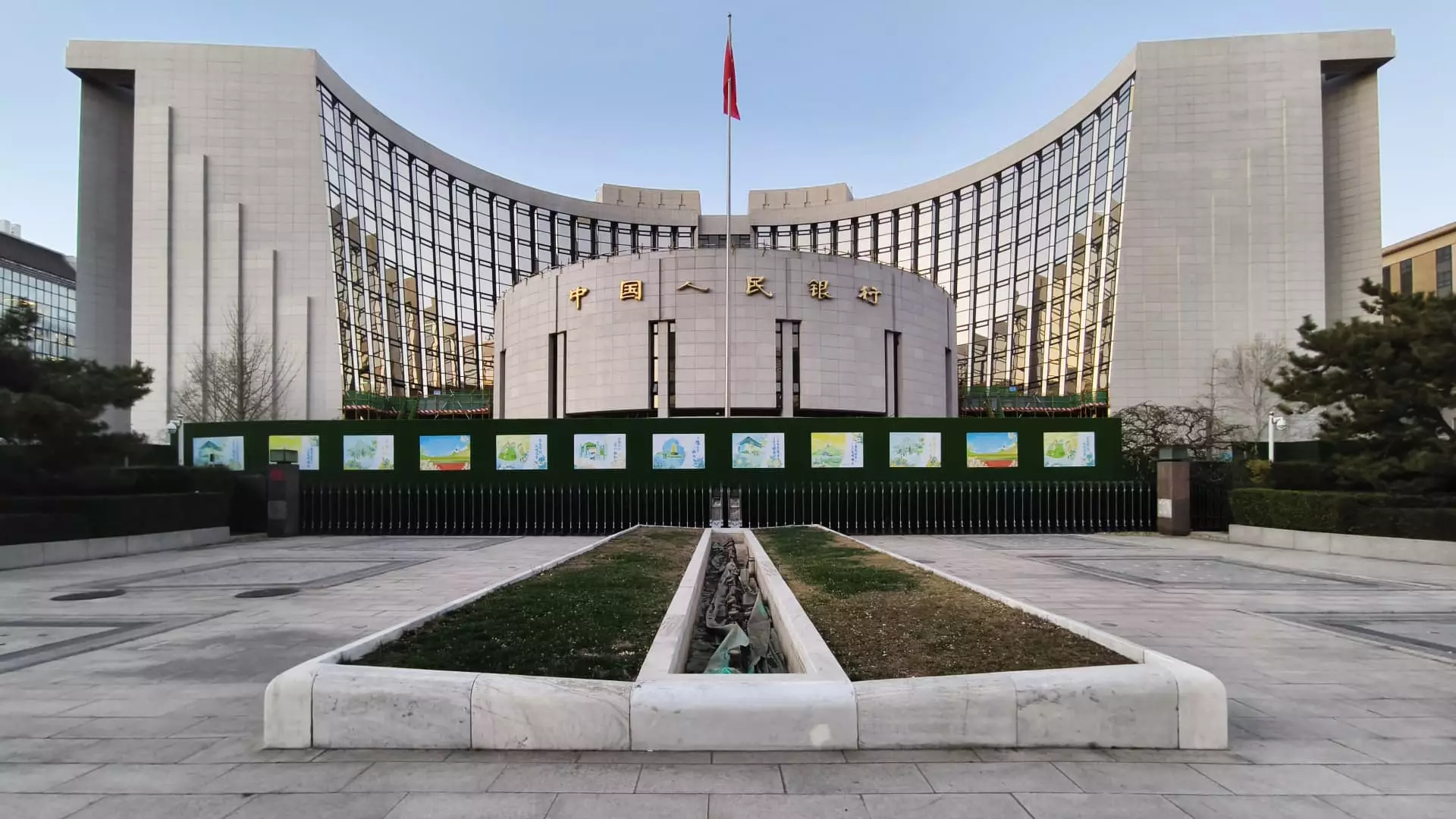In a critical juncture for its economy, China has recently opted to maintain its benchmark lending rates, reflecting its dual challenge of stimulating growth while managing a depreciating yuan. On the last Friday, the People’s Bank of China (PBOC) decided to keep the one-year loan prime rate steady at 3.1% and the five-year lending rate at 3.6%. This strategic decision comes in the wake of evolving global economic conditions, particularly following a recent rate cut by the U.S. Federal Reserve, emphasizing the interconnectedness of global financial systems.
The PBOC’s choice to refrain from altering interest rates was anticipated, given prior economic forecasts and analysts’ predictions. The one-year and five-year lending rates serve crucial roles in shaping the overall credit landscape within China. Specifically, the one-year rate influences corporate and consumer loan costs, whereas the five-year rate plays a significant role in determining mortgage rates, directly impacting housing market dynamics. Maintaining these rates suggests a cautious approach by the Chinese authorities as they navigate through underlying economic vulnerabilities.
The backdrop of the PBOC’s decision is significantly influenced by recent actions from the U.S. Federal Reserve, which announced a 25-basis-point rate cut. Economists are actively discussing the implications of the Fed’s revised outlook on interest rate adjustments, anticipating only two cuts in 2025, notably fewer than previous projections. The Fed’s policy trajectory highlights a divergence that could further pressure the yuan, complicating China’s monetary strategy. As noted by Farzin Azarm of Mizuho Americas, there appears to be little intent from the PBOC to actively defend the yuan against external influences, suggesting a pragmatic acceptance of market realities.
Despite a series of stimuli initiated by the Chinese government since late September, economic indicators reveal persistent challenges. Data released recently indicates that China is grappling with entrenched deflation, largely stemming from sluggish consumer demand and a struggling real estate market. This reflects a troubling economic environment where traditional tools of monetary easing might face limitations in effectiveness. High hopes for significant economic revivals appear dim as financial trends remain inconsistent, suggesting a complex interplay between policy measures and actual outcomes.
Looking ahead, analysts provide divergent yet insightful perspectives on future economic strategies. Yan Wang from Alpine Macro posits that as external pressures evolve, the PBOC may indeed pursue further rate cuts to alleviate deflationary pressures on the yuan. However, he emphasizes that fiscal measures will take precedence, suggesting a more pronounced reliance on government spending to engender growth. This approach marks a potential pivot for China’s economic policy, signaling a dual reliance on both monetary and fiscal tools to navigate future challenges.
As China finds itself at a critical crossroads, the PBOC’s decision to keep lending rates unchanged exemplifies the delicate balance policymakers must strike between fostering growth and maintaining currency stability. The ongoing tug-of-war with rising global financial currents, particularly from the U.S., coupled with the internal struggles of deflation and consumer demand, heralds a complex economic journey. In response to these challenges, a nuanced combination of rate adjustments and fiscal interventions will be vital for guiding China toward sustained economic recovery in the future. The path forward remains uncertain, but proactive measures could pave the way for a resilient economic landscape amidst fluctuating global conditions.


Leave a Reply